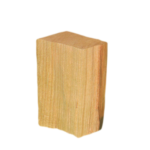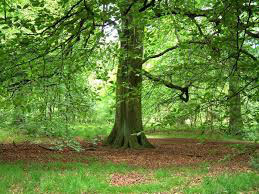Fri 9 Aug 2019
ARE FRUITWOOD TREES LIKE THE APPLE “SNOW WHITE” BIT INTO?
Posted by DrSmokeRead other related stories: Cooking , General Smoking Information , Smoking Tips , Wood Questions
No Comments
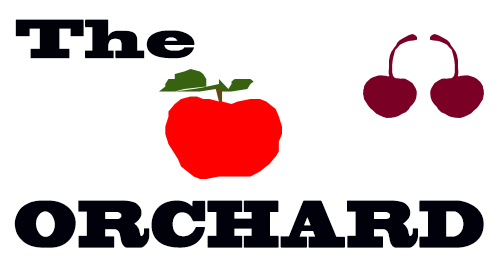
[Fruitwood trees are often sprayed with pesticide to maximize the fruit yield. Spraying of chemical on the bark may not be too good for using in barbecue?]

ARE FRUITWOOD TREES LIKE THE APPLE “SNOW WHITE” BIT INTO?
There is a fierce debate out there about the use of fruitwood trees, specifically apple and cherry varieties, for cooking purposes. As a Company, we frequently get the same question – “Why don’t I see Applewood as an option to purchase?” Here’s the short answer: We do not, and will not, produce our products from orchard-based woods. Our reason is simple – we do not believe in smoking foods over woods that have been or have the potential to be sprayed or growth enhanced with chemicals.
Trees
Let’s review a fact about trees. All trees produce prussic acid, better known as hydrogen cyanide. We feel that humans can use woods produced in nature when they have been left alone, unburdened by the human hand in trying to manage what sometimes is the normal cyclical pattern of nature. In the areas in which we purchase the heartwood for our cooking wood production facility, the varieties of cherry (Prunus pensylvanica L.f.) we commonly deal with are:
- Northern Pin Cherry, Fire Cherry,
- Wild Red Cherry, and Pigeon Cherry.
Of course, predominately, we bring in Wild Red Cherry. There are many different cherry tree varieties available throughout North America. The main difference in these woods is that our forest trees, the type we manufacture, tend to be on the sweet-tart side versus the sour-bitter. For the most part, hydrogen cyanide is found mainly in the leaves and seeds of the cherry tree. Black Cherry bark is also commonly used in herbal cough remedies.
Opinion:
The dominant opinion is that when used in small quantities, the hydrogen cyanide is a moot issue. Now let’s talk about the smoking application of wood. Cyanogenic compounds WOULD remain a factor in our production of cooking wood. This is because we do not allow our woods to deplete their moisture content to a level that other wood product manufacturers may (what is commonly referred to as “seasoning of the wood”).
For ideal smoking of foods, wood needs to have a moisture level preferably at ~20%. This results in the wood smoldering rather than burning at a rapid rate. The resulting smoke from the plant material provides for that wonderful flavor. Because smoking is done at low temperatures for longer periods of time, the polycyclic aromatic hydrocarbons (PAH’s) found in wood molecules are not stimulated as they normally would be when cooking, say, a steak over a hot flame. Thus, the health risk associated with PAH’s and smoked foods is not considered an issue. The same can be said for ember cooking – using the heat of the residual coals to cook foods.
OUR CONCERN:
Our main concerns regarding woods used for wood-fired cooking methods is to always ensure a bark-free product. Bark does not hold moisture but rather is designed to rid the tree of wastes by absorbing them and locking them into this area. In fact, this is the reason why bark-on woods burn so much faster than bark-free wood pieces. This portion of the tree is responsible for temperature flare-ups, tainted smells, ‘spotty’ appearance of the food’s skin, creosote, an increase in the production of ash. Additionally, once the temperature is increased during wood-fired cooking, heterocyclic amines, or HCAs, are created due to the reaction of the amino acids and creatine with the higher cooking temperature.
In a nutshell, a person is at greater risk of cyanide exposure in treated wood products for home construction than they are when consuming BBQ or other wood-fired foods. Knowing the source of the wood being used in the cooking application is vital to ensure that the necessary steps have been taken to prevent tree disease and pest infestation spread, as well as to ensure that the wood has not been exposed to any chemical/toxin treatments.
It is our hope, that one day soon, inspection of the wood products used by restaurants, caterers, BBQ competitors, and grocery stores who promote smoked and natural-wood fired foods, will occur as normally as food inspections. After all, I think we all can agree that WHAT you cook the food over is just as important as what food you are cooking!
ARE FRUITWOOD TREES LIKE THE APPLE “SNOW WHITE” BIT INTO? Share on X
More Related reading on “What Wood for Smoking” and other great smoking and grilling tips and techniques
For related reading:
TO BARK OR NOT
TASTE IS AROMA!
WOOD FIRED CLAMS MAKE THIS THE PERFECT BITE
Purchase products:
Wood Chunks- Double & Single Filet
Wood Chips- Grande Sapore®

Dr. Smoke- “Enjoy the fruit of the tree because that is what they’re there for. Just be careful when using fruitwood trees from orchard based woods to cook your food.”
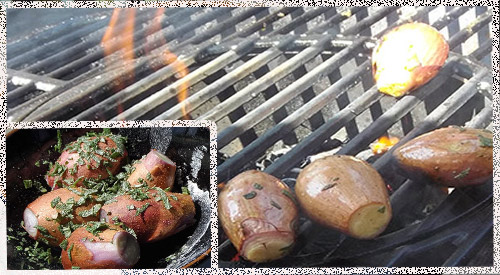

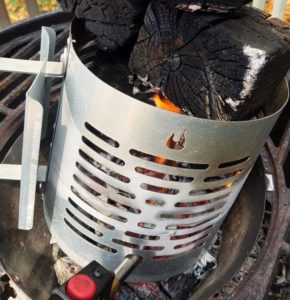
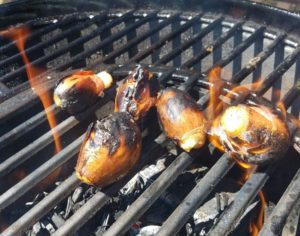
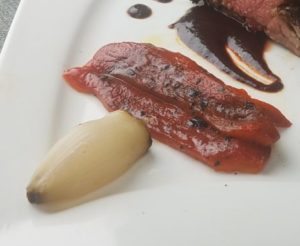

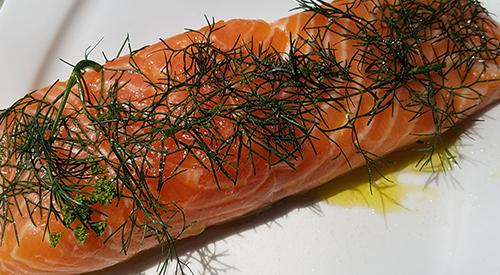
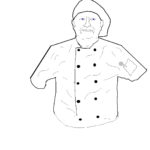
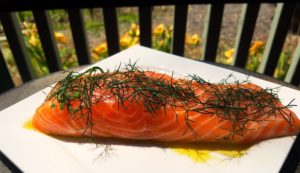
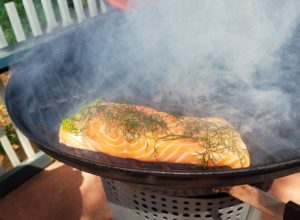
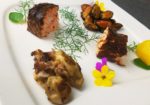
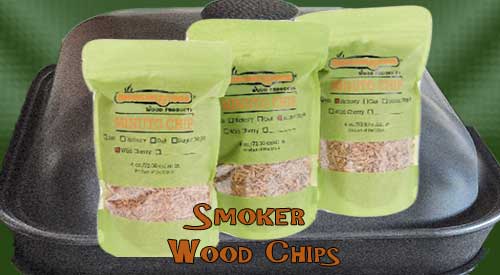
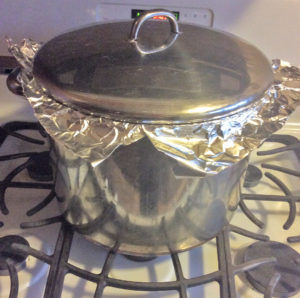
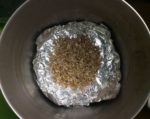
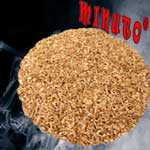 A simple in-house, smoking technique using tools you likely already have in the kitchen! Just think, you stayed warm, dry, and comfortable in your own house while the
A simple in-house, smoking technique using tools you likely already have in the kitchen! Just think, you stayed warm, dry, and comfortable in your own house while the
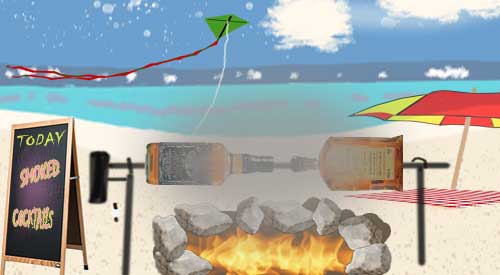
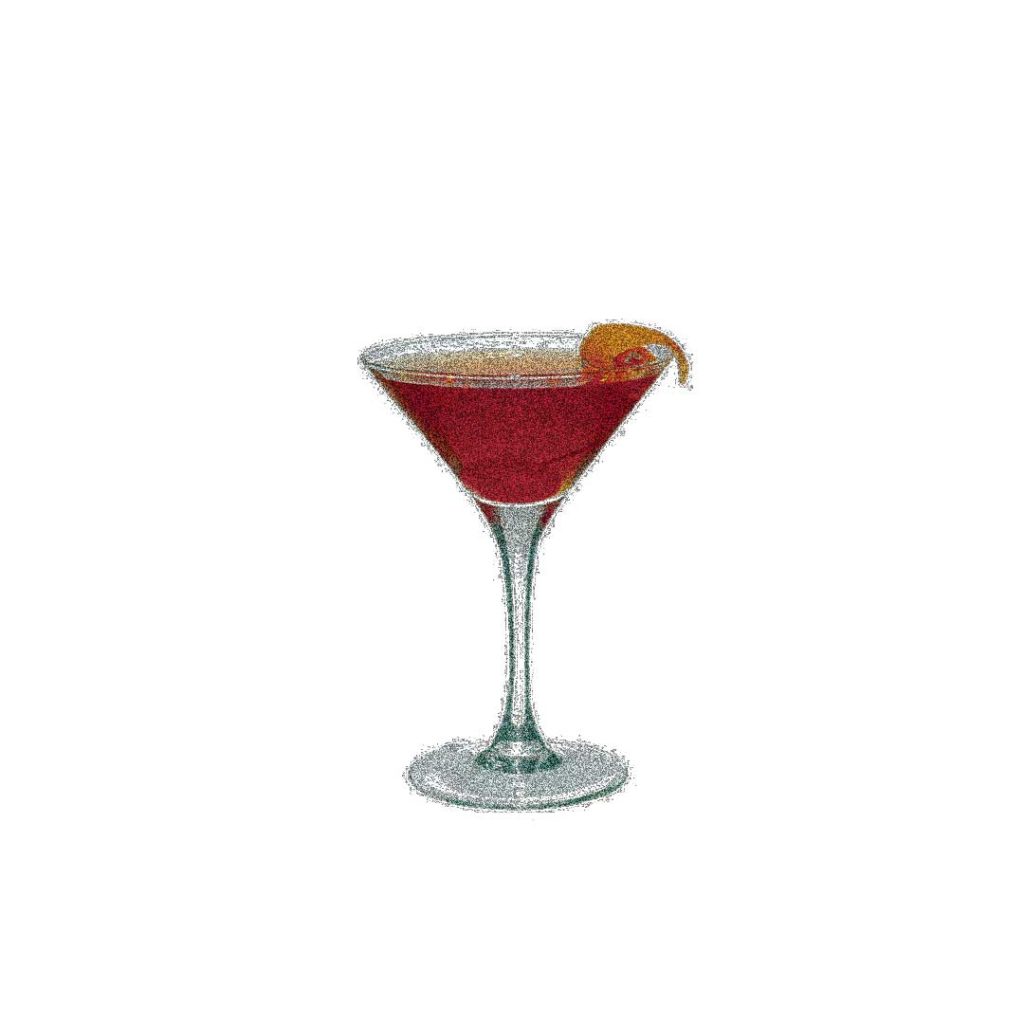
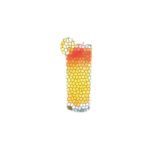

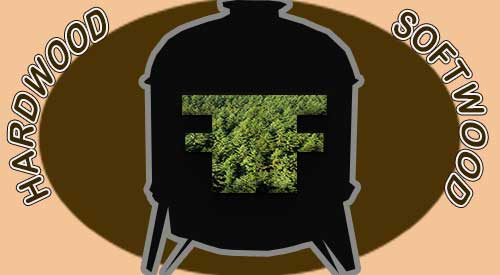
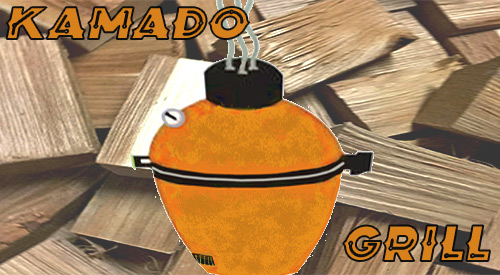
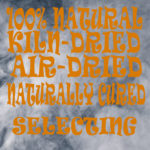
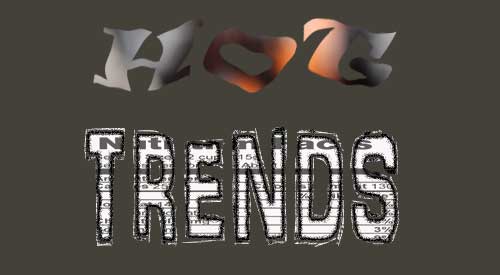
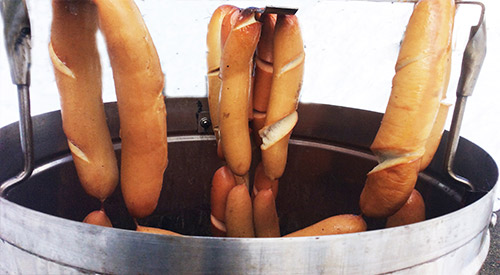

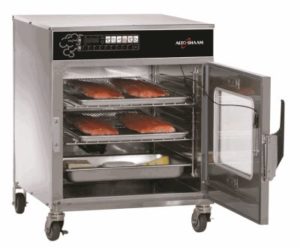
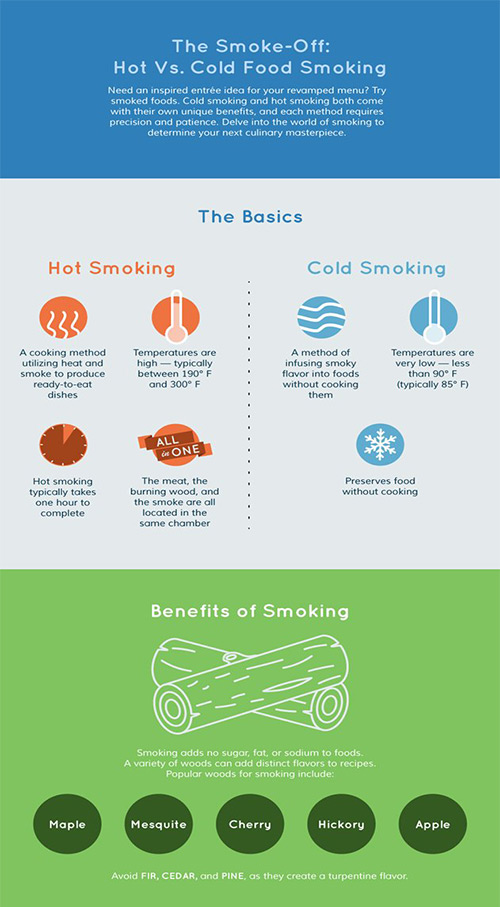
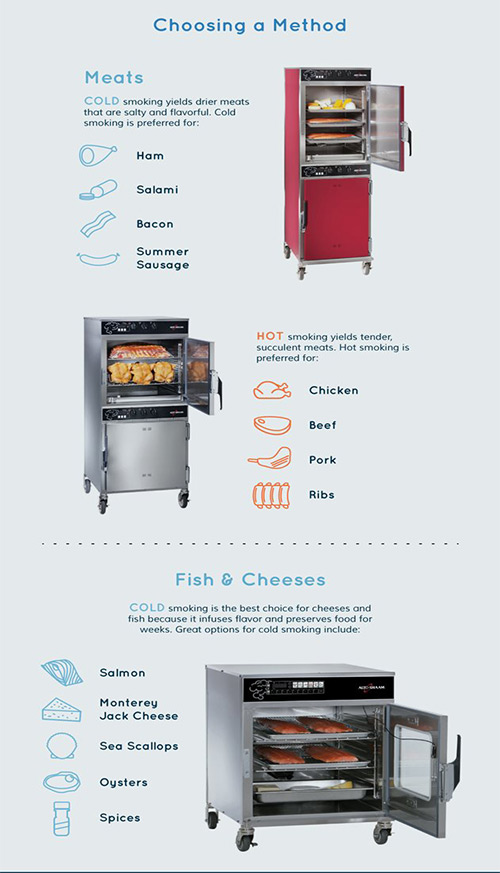
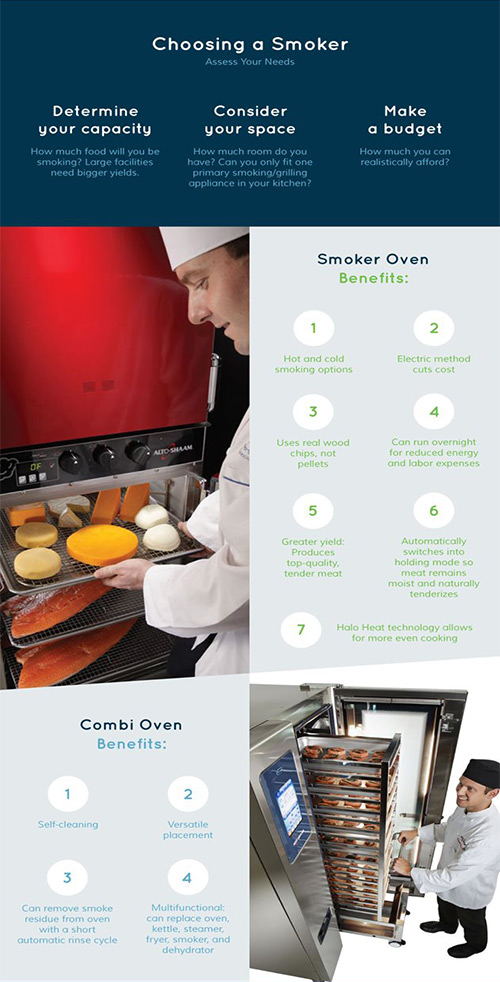
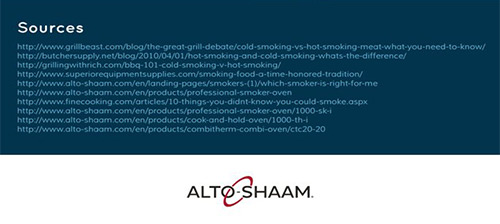
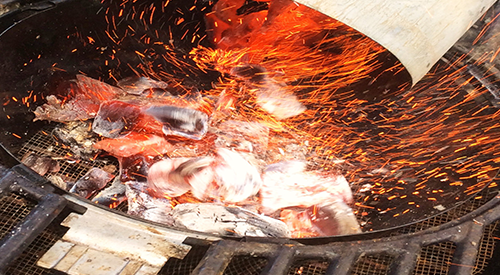

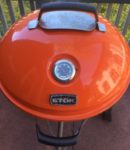 The Kettle Grill
The Kettle Grill